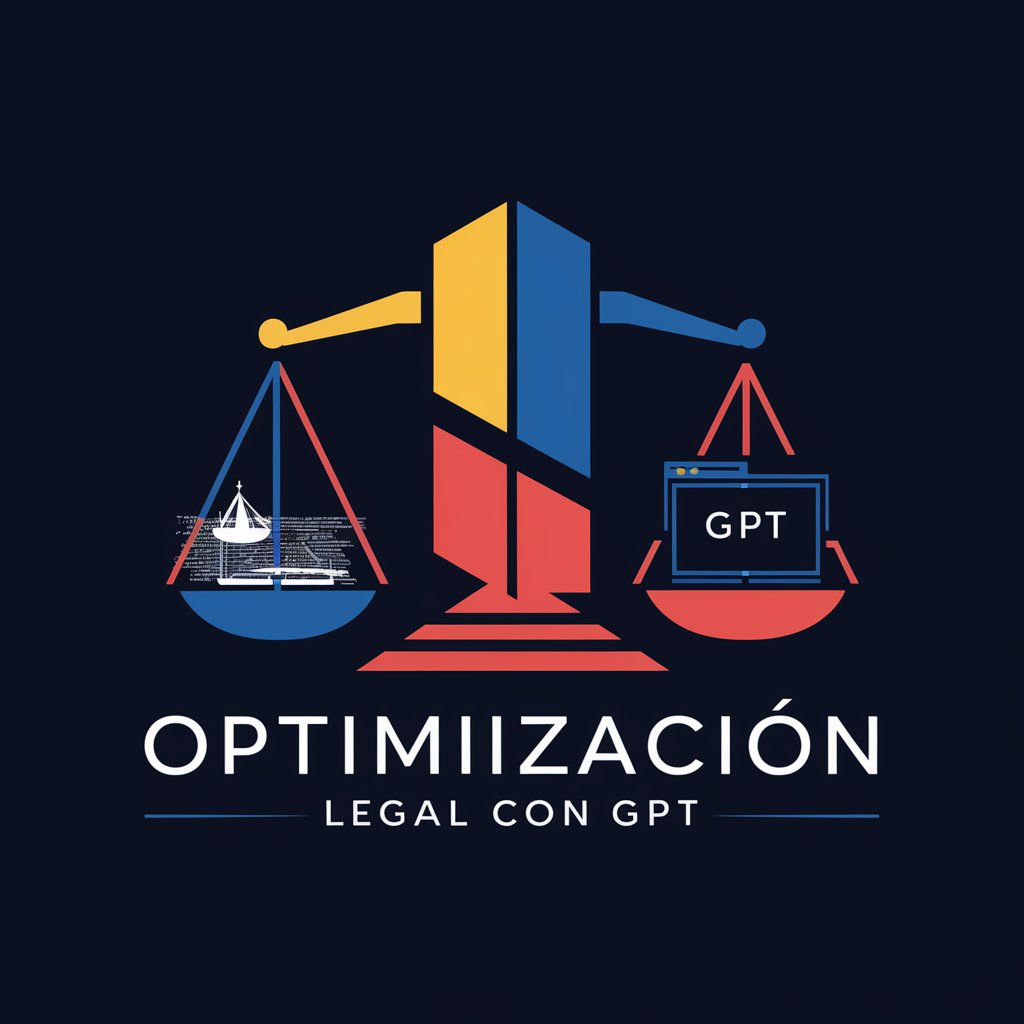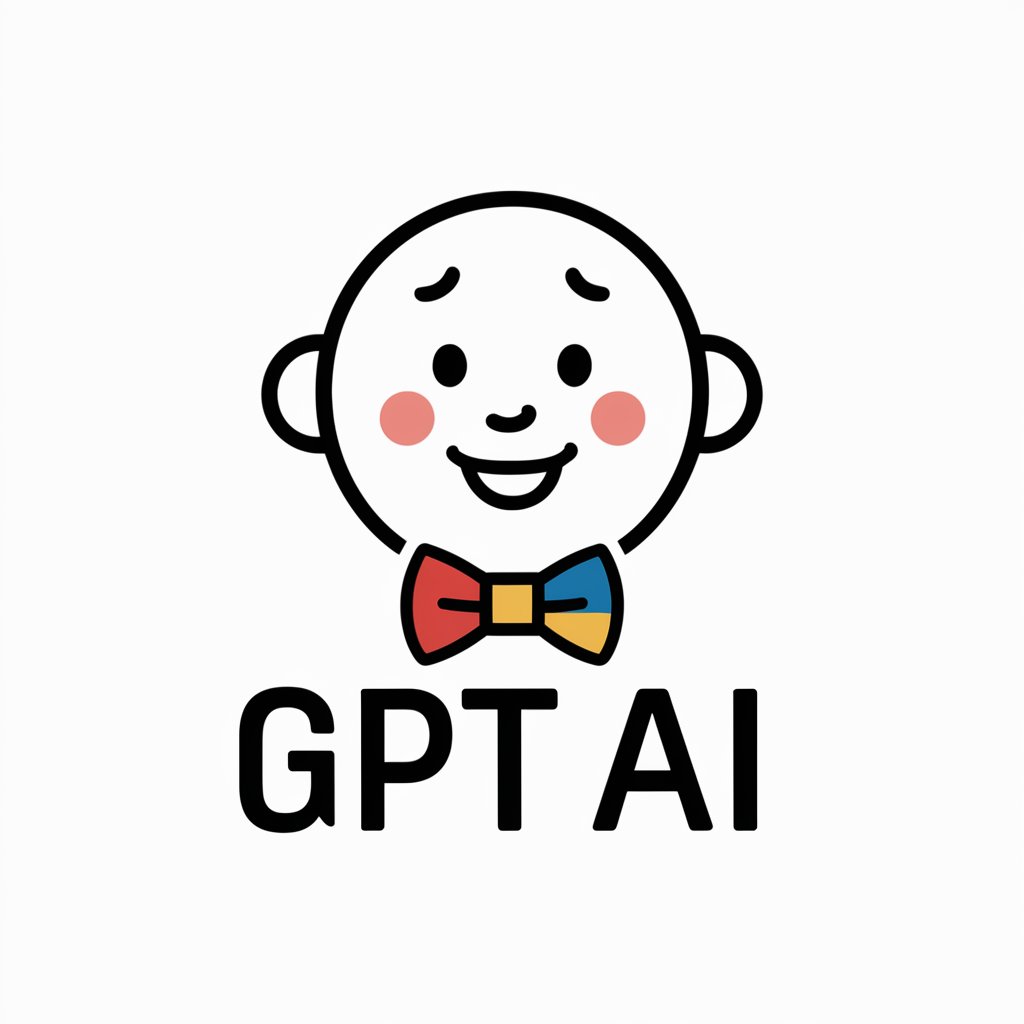Class Action Lawsuit - Class Action Insights

Welcome! How can I help you understand class action lawsuits today?
Empowering with AI-driven legal clarity
Can you explain the criteria for filing a class action lawsuit?
What are the steps involved in the class action lawsuit process?
How do class action lawsuits benefit plaintiffs?
What are some notable examples of successful class action lawsuits?
Get Embed Code
Overview of Class Action Lawsuits
A Class Action Lawsuit is a legal procedure that allows a large number of people with common interests and claims, often against a single defendant, to file and prosecute a lawsuit collectively. This process is designed to enhance the efficiency of the legal system by consolidating numerous similar cases into one, ensuring a more consistent adjudication of similar issues, and making it economically feasible for individuals to challenge larger entities. An example scenario illustrating the purpose of a Class Action Lawsuit could involve consumers who purchased a defective product from a large corporation. Instead of each consumer filing an individual lawsuit, which may be costly and time-consuming, they can come together in a class action. This not only streamlines the legal process but also levels the playing field against powerful defendants, making it possible for the plaintiffs to share legal expenses and potentially receive compensation more effectively. Powered by ChatGPT-4o。

Key Functions of Class Action Lawsuits
Consolidation of Similar Claims
Example
In the case of a defective pharmaceutical drug causing similar health issues among thousands of consumers, a class action lawsuit consolidates these claims into a single case. This allows for a unified, systematic examination of the evidence, legal arguments, and potential damages.
Scenario
A pharmaceutical company releases a medication that, unbeknownst to consumers, can cause severe side effects. Through a class action lawsuit, affected patients collectively seek justice and compensation, streamlining their legal efforts.
Economic Efficiency
Example
A class action can significantly reduce the legal costs for individuals by sharing the expenses among the entire class. This is particularly beneficial in suing large corporations for minor per capita damages that would be impractical to pursue individually.
Scenario
Consumers who are overcharged a small amount by a utility company may not find it economically viable to sue for such a small per-person loss. A class action allows them to collectively address the wrongdoing in a cost-effective manner.
Deterrence and Policy Change
Example
Class action lawsuits can act as a powerful deterrent against corporations engaging in unlawful or unethical behavior. The prospect of facing a class action can motivate companies to adhere to legal standards and ethical practices.
Scenario
A technology company is found to have violated privacy laws by selling user data without consent. A successful class action lawsuit not only compensates affected users but also forces the company to change its privacy policies, benefiting future consumers.
Target Users of Class Action Lawsuit Services
Affected Consumers
Individuals who have suffered from purchasing defective products, false advertising, or other forms of mass-market fraud. They benefit from class action lawsuits by achieving restitution that might not be financially viable on an individual basis.
Employees and Workers
Groups of employees facing discrimination, wage theft, or other violations of labor laws by their employers. Through class actions, they can collectively address grievances against powerful employers, often leading to systemic changes within the workplace.
Environmental Advocates
Communities or groups affected by environmental damage, such as pollution or unlawful exploitation of natural resources by corporations. Class action lawsuits enable these groups to seek reparations and enforce regulatory compliance, contributing to environmental preservation.

How to Use Class Action Lawsuit
Initiate Trial
Begin by accessing yeschat.ai for a complimentary trial, allowing exploration without the necessity of login or a ChatGPT Plus subscription.
Identify Your Case
Determine if your situation aligns with common class action lawsuit scenarios, such as consumer fraud, corporate misconduct, or mass torts.
Gather Information
Compile relevant details about your case, including any documents or evidence that substantiate your claim.
Explore Legal Grounds
Utilize the tool to understand the legal framework and criteria for class action lawsuits, aiding in the assessment of your case's viability.
Engage with Content
Interact with the generated Q&A, legal explanations, and case studies to deepen your understanding and prepare for potential legal action.
Try other advanced and practical GPTs
Abbot's Butcher Foodservice Domination
Elevate Your Foodservice with AI

Mushroom
Unveil the Fungal Universe with AI

Ecology
Empowering ecological understanding with AI

Startup Advisor
Elevate Your Startup with AI-Driven Advertising Insights

Optimización Legal con GPT
Streamlining Legal Processes with AI

Summer Activities
Inspiring your summer with AI-powered fun

Office Chair
Elevate Your Workday Comfort

Social Media Marketing Comment Generator
Craft engaging comments, powered by AI

AI Insight
Stay ahead with AI-powered insights

Aqua Intellect
Empowering Water Sustainability with AI

Durable Data Doc
AI-powered data management and analysis

Expectations
Empowering Social Interactions with AI

Class Action Lawsuit FAQs
What qualifies a lawsuit as class action?
A lawsuit qualifies as class action when there are numerous plaintiffs with similar claims against a defendant, making individual lawsuits impractical. It requires a lead plaintiff to represent the group, demonstrating that their claims are typical of the class and can adequately represent its interests.
How does one become a class member?
Individuals become class members by meeting the lawsuit's defined criteria, often automatically included unless they opt out. Notification of the class action may come via mail, email, or public notice.
What are the benefits of joining a class action lawsuit?
Benefits include reduced legal costs, the ability to challenge larger entities, potential compensation, and influencing corporate behavior. It offers individuals a practical way to seek justice when facing widespread issues.
Can I opt out of a class action lawsuit?
Yes, class members have the right to opt out, usually within a specified period. Opting out allows individuals to pursue separate legal action, but they forfeit any potential compensation from the class action settlement.
How are settlement funds distributed?
Settlement funds are distributed based on the agreement's terms, often proportionally to the harm experienced by the class members. A court must approve the distribution plan, ensuring fairness and adequacy.
